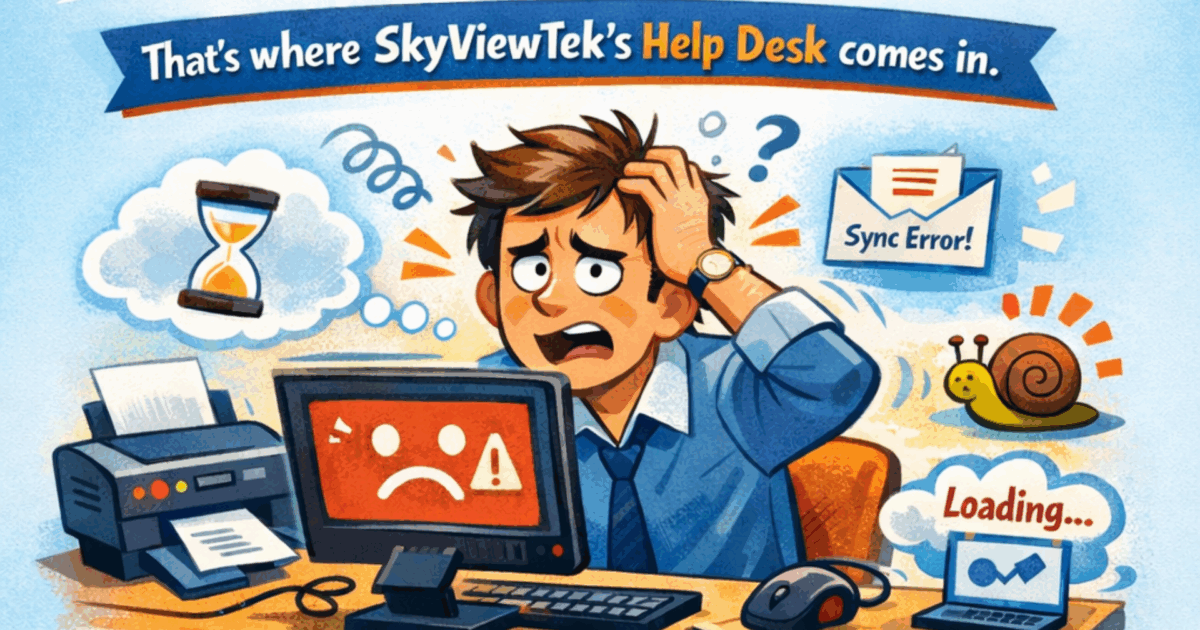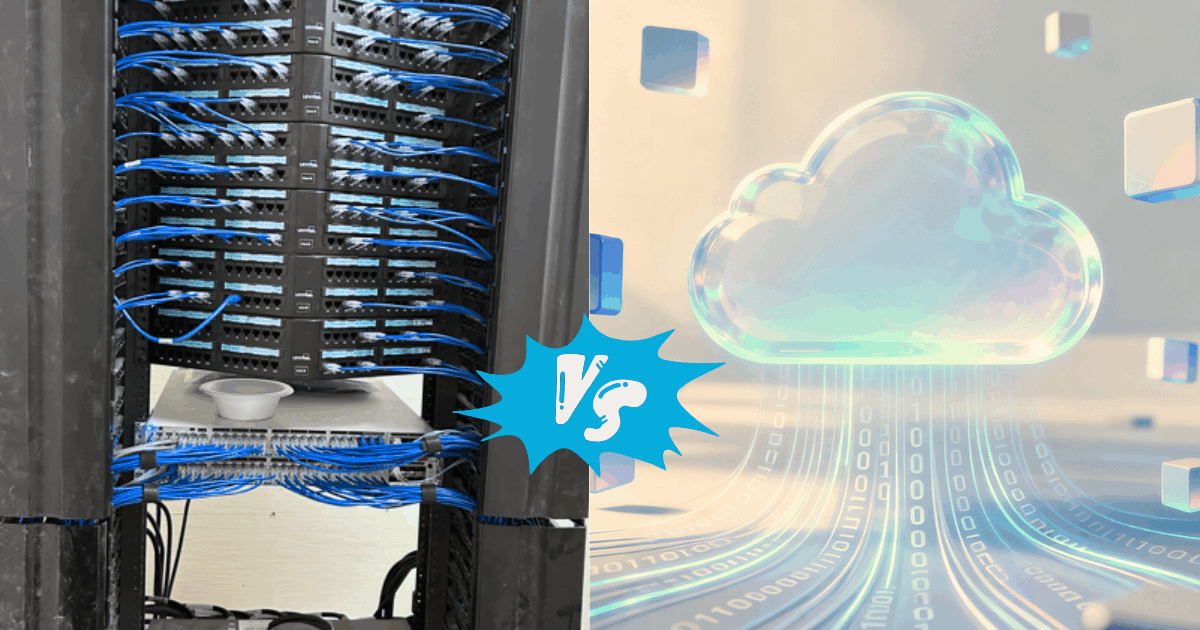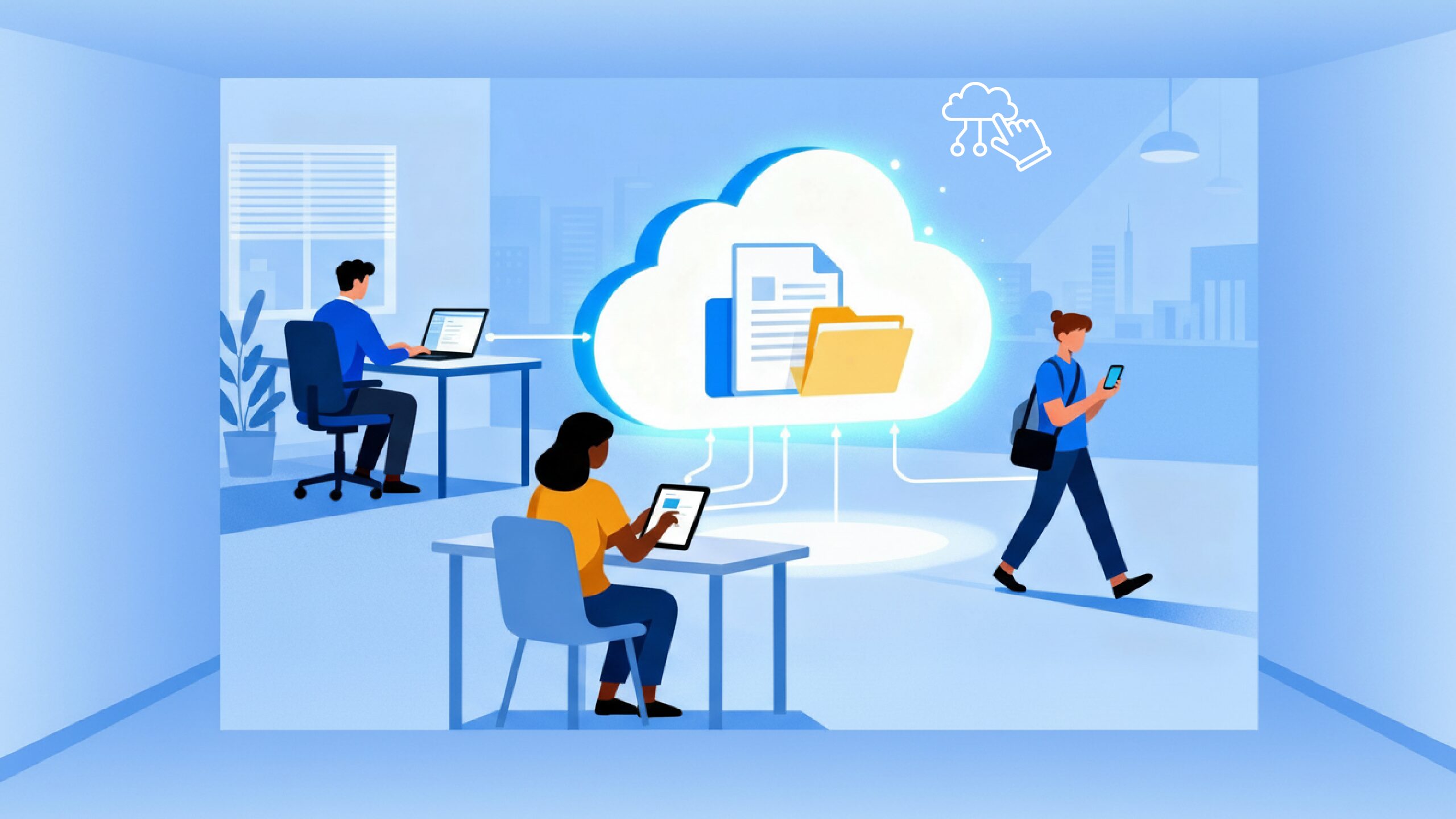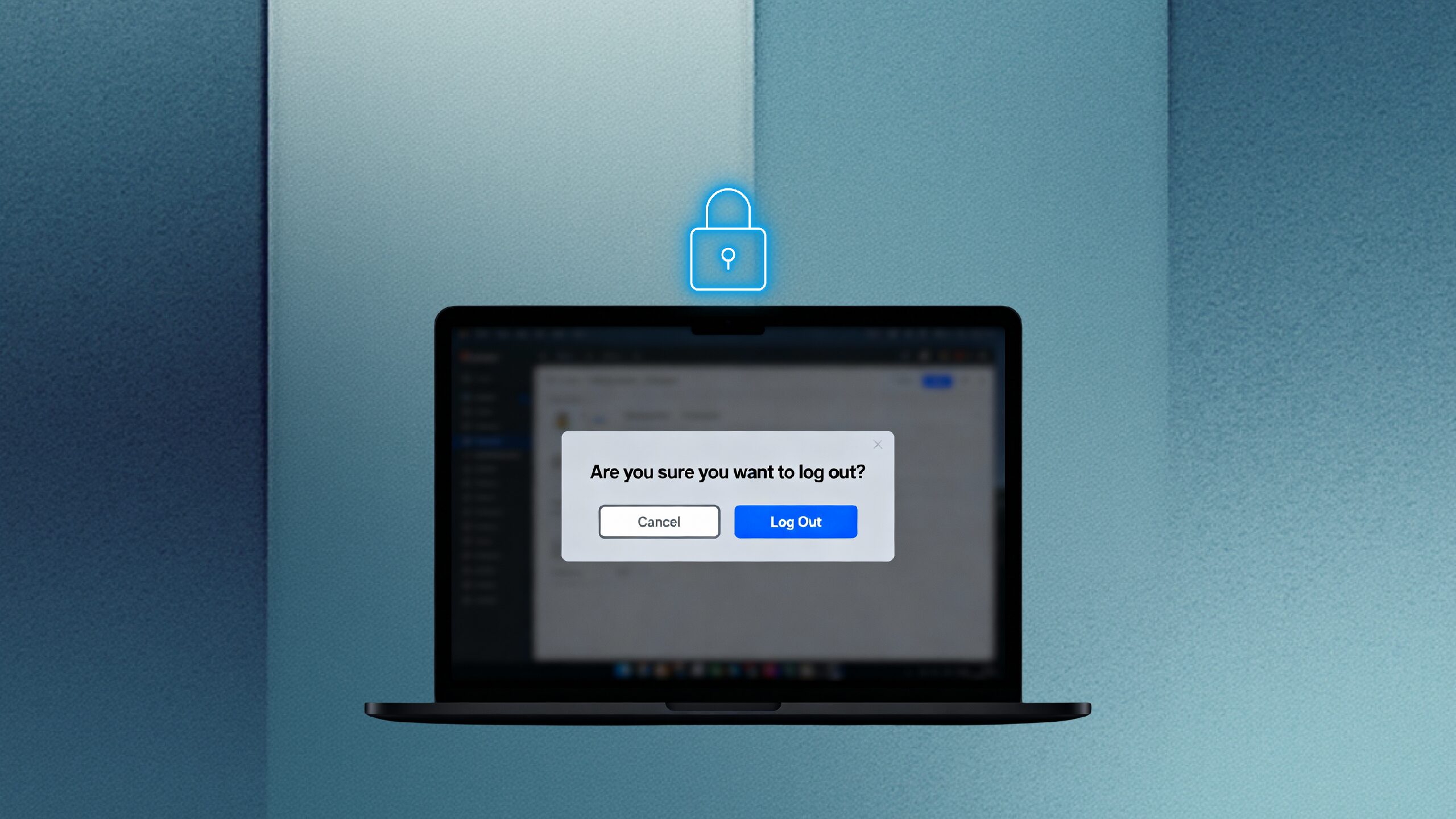Don’t Wish for IT Security, Check It Off!
Some businesses go into the holidays with a wish list. 🎁 Others go in with a checklist. ✅ The first group is hoping for fewer incidents next year. The second group is already testing...









